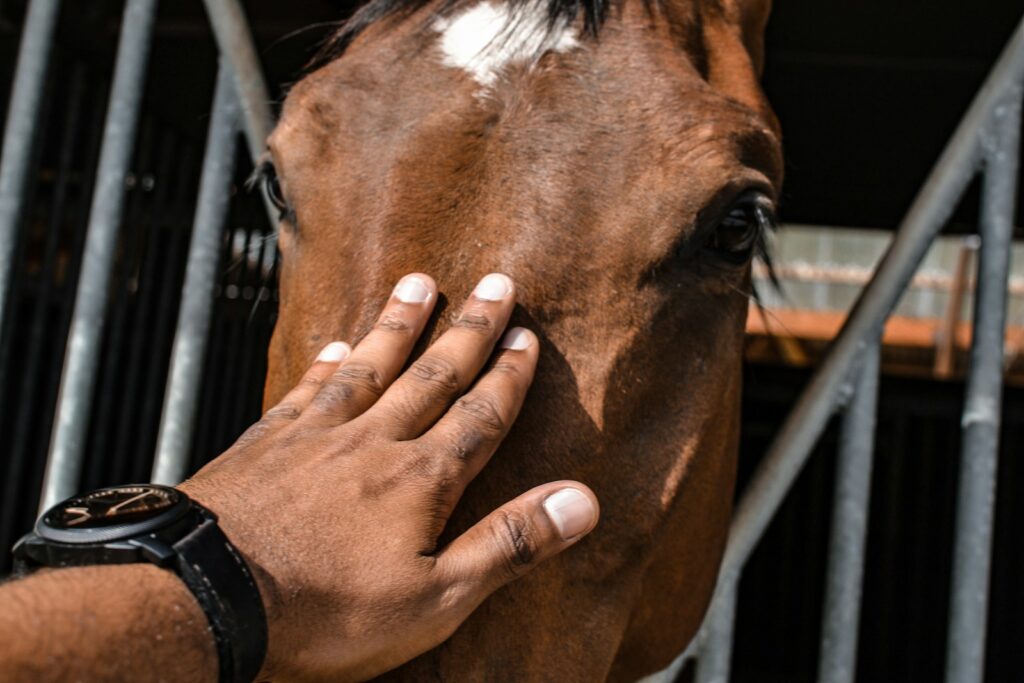Horses are magnificent creatures that require dedicated and knowledgeable care to thrive. While most horse owners have the best intentions, even experienced equestrians can make critical errors in their horse’s care and feeding regimens. These mistakes, though often made with love, can lead to serious health issues, behavioral problems, and diminished quality of life for these sensitive animals. From improper feeding schedules to misunderstanding basic equine psychology, the path to excellent horse care is fraught with potential missteps. This article explores the most common mistakes horse owners make and offers practical guidance to help you provide the best possible care for your equine companion.
Inconsistent Feeding Schedules
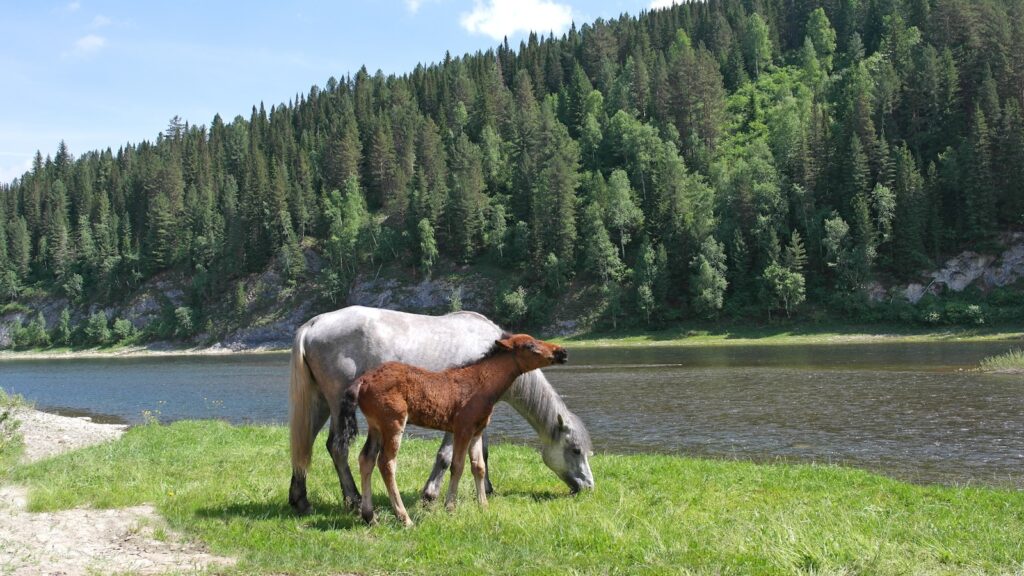
Horses are creatures of habit with digestive systems designed for continuous grazing rather than large, sporadic meals. One of the most common mistakes owners make is feeding their horses at irregular times, disrupting their natural digestive rhythm. This inconsistency can lead to serious issues like colic, gastric ulcers, and behavioral problems such as wood chewing and weaving. Horses thrive on predictability, and their bodies produce digestive enzymes in anticipation of regular mealtimes. To promote optimal digestive health, establish a consistent feeding schedule with meals spaced evenly throughout the day, ideally mimicking natural grazing patterns as closely as possible.
Overfeeding Grain and Concentrates
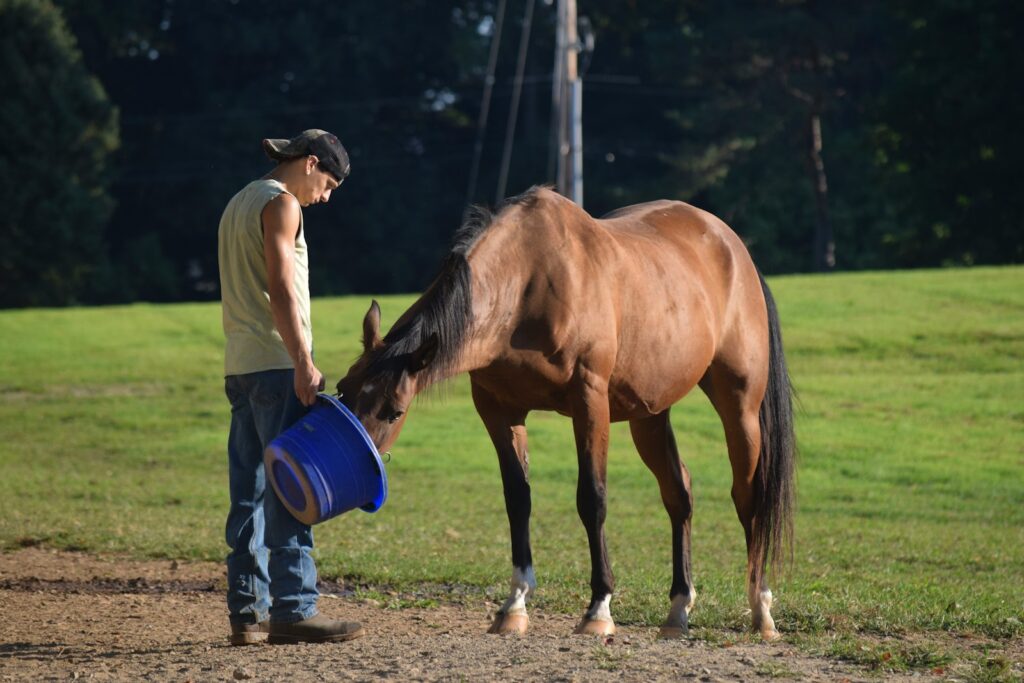
The modern tendency to feed excessive amounts of grain and concentrated feeds represents a significant departure from the horse’s natural diet. Many owners mistakenly believe that more grain equals more energy or better condition, when in reality, this practice often leads to obesity, insulin resistance, and laminitis. Concentrate overfeeding can also cause hindgut acidosis, which disrupts the delicate microbial balance in the horse’s digestive system. For most recreational horses with moderate workloads, a diet composed primarily of good-quality forage supplemented with minimal concentrates is ideal. Individual feeding plans should be based on the horse’s age, weight, workload, and metabolic factors rather than adhering to generic recommendations.
Inadequate Forage Provision
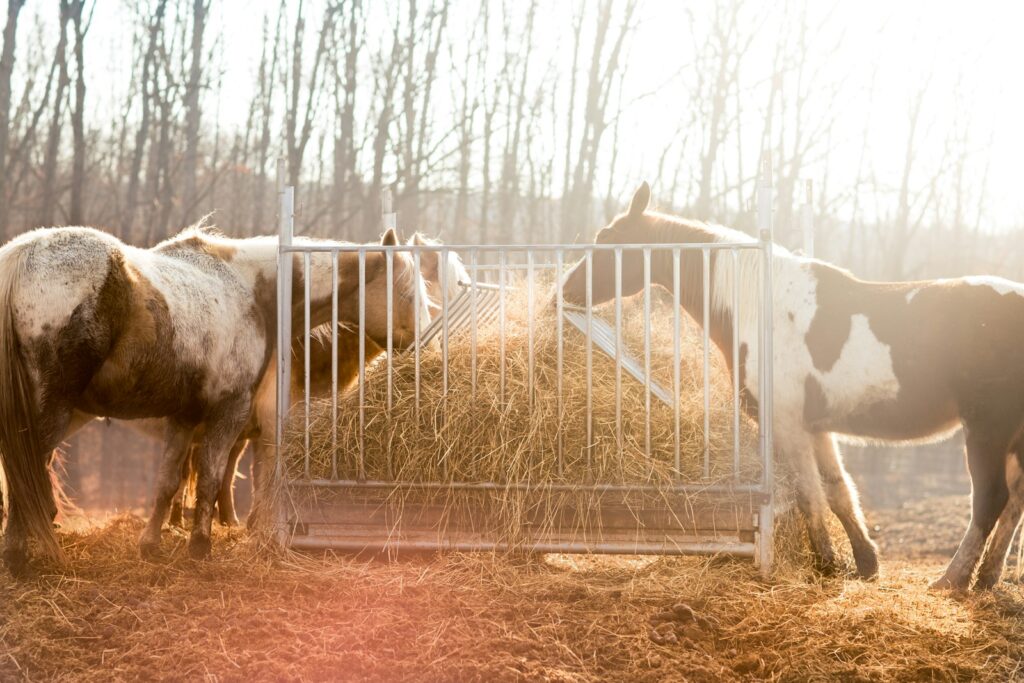
Horses have evolved to consume forage for 16-20 hours per day, with their digestive systems optimized for the continuous processing of fibrous plant material. A critical mistake is providing insufficient forage, which not only leads to physiological problems but also significant behavioral issues stemming from boredom and frustration. Horses deprived of adequate forage may develop stereotypical behaviors like cribbing, weaving, or stall walking as coping mechanisms. The general recommendation is that horses should consume 1.5-2% of their body weight in forage daily, which translates to approximately 15-20 pounds of hay for a typical 1,000-pound horse. During cold weather, these requirements increase as horses burn calories to maintain body temperature.
Mismanaging Pasture Access
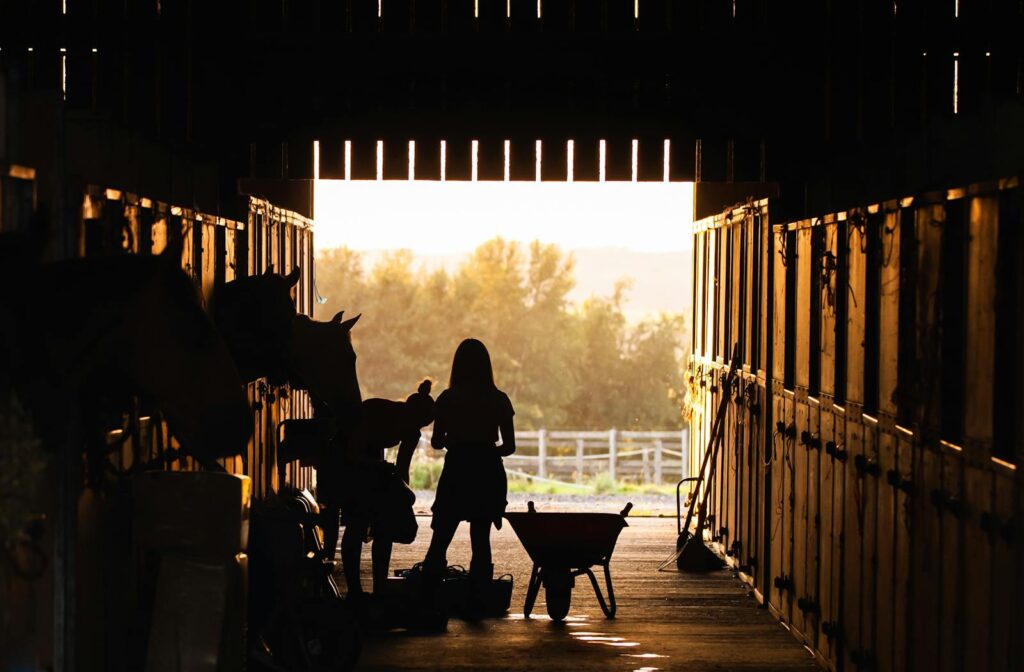
Improper management of pasture access represents another common mistake in horse care. Some owners either restrict pasture time unnecessarily or allow unlimited grazing without considering seasonal variations in grass composition. Spring and early summer pastures contain particularly high levels of sugars and fructans, which can trigger laminitis in susceptible horses. Conversely, abruptly introducing horses to rich pasture without a gradual acclimation period can lead to digestive upset and colic. Responsible pasture management includes monitoring grass growth, limiting access during high-risk periods, using grazing muzzles when appropriate, and implementing rotational grazing to maintain pasture health and prevent overgrazing.
Neglecting Water Quality and Availability
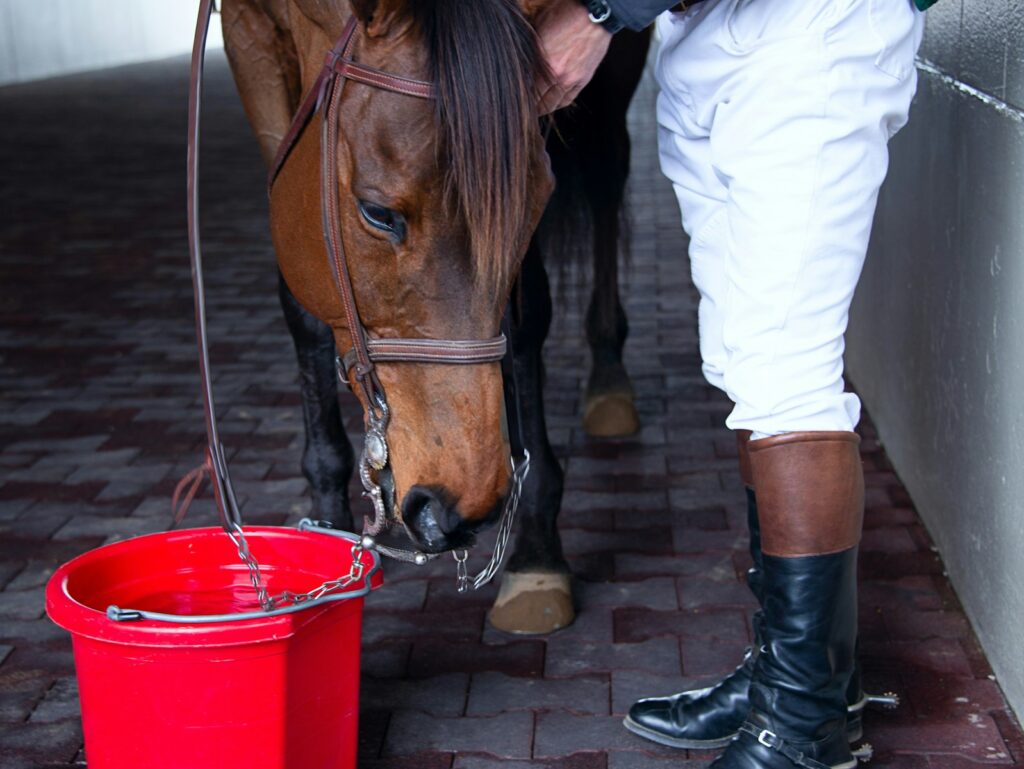
Water is arguably the most essential nutrient for horses, yet its importance is often overlooked in daily care routines. Horses require 5-15 gallons of clean, fresh water daily, with requirements increasing during hot weather, lactation, or heavy work. A dangerous mistake is assuming that horses will drink from dirty or frozen water sources, when many will actually reduce their intake rather than consume contaminated water. Insufficient water consumption can lead to impaction colic, poor performance, and dehydration. Water sources should be checked at least twice daily, cleaned regularly to prevent algae growth, and protected from freezing during winter months. Automatic waterers should be regularly tested to ensure proper function and flow rate.
Improper Weight Management

Failure to maintain appropriate body condition represents a significant welfare issue in modern horse keeping. While underweight horses certainly exist, obesity has become far more prevalent and carries serious health risks including insulin resistance, laminitis, and increased strain on joints and hooves. Many owners struggle to objectively assess their horse’s body condition, often normalizing excess weight as “looking good” or being “well-covered.” Learning to properly use a body condition scoring system (typically scaled 1-9, with 4-5 being ideal for most horses) is essential for all horse owners. Regular weight monitoring using a weight tape or scale helps track trends over time and allows for timely adjustments to the feeding program before problems develop.
Overlooking Dental Care
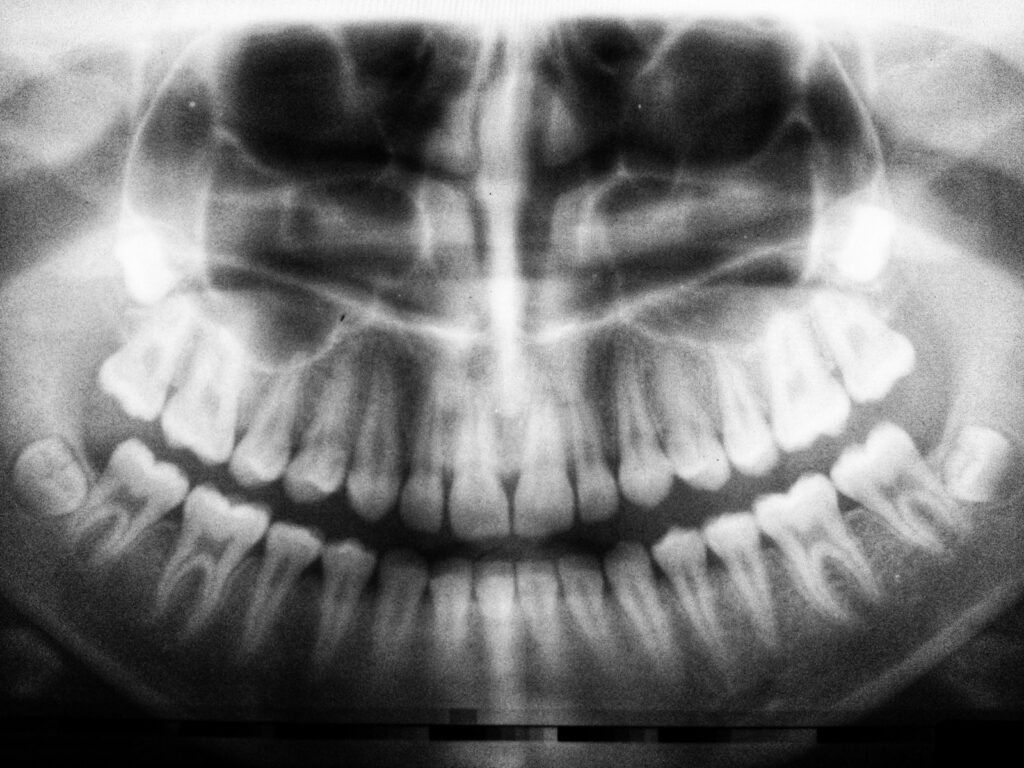
Dental problems can severely impact a horse’s ability to properly chew and digest feed, yet regular dental examinations are frequently neglected. Unlike human teeth, horse teeth continue to erupt throughout their lifetime and require periodic floating (filing) to address sharp edges and uneven wear patterns. Signs of dental issues include quidding (dropping partially chewed food), weight loss, bad breath, or resistance to the bit. Most horses should receive dental examinations at least annually, with senior horses often requiring more frequent attention as they may develop wave mouths, missing teeth, or other age-related dental conditions. Proper dental care not only improves feed utilization but also prevents painful conditions that can affect behavior and performance.
Inappropriate Blanketing Practices
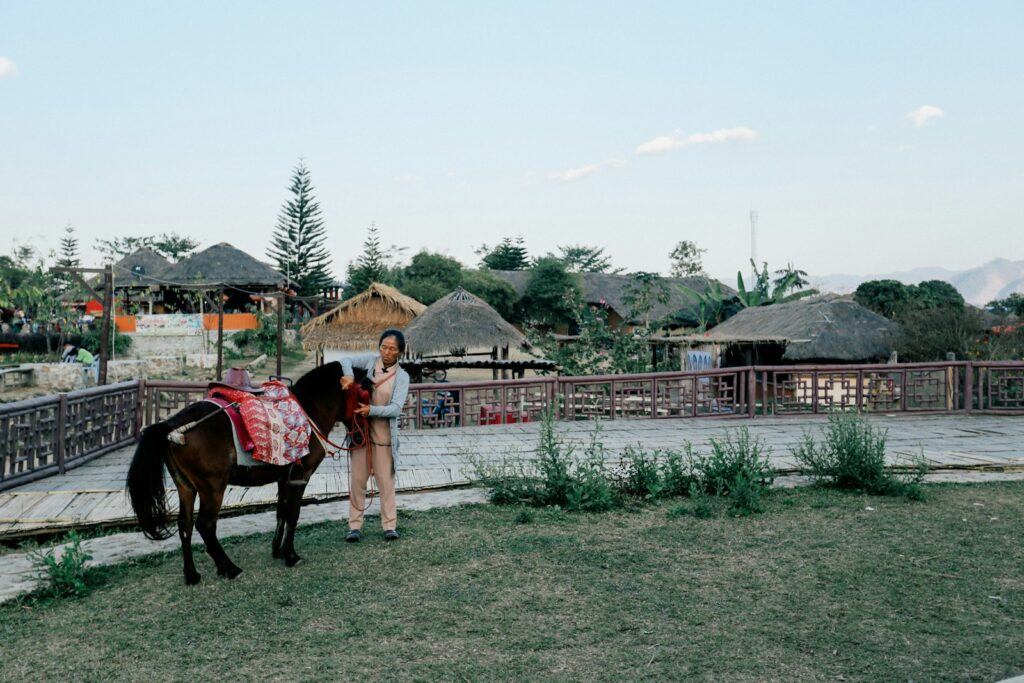
The decision of when and how to blanket horses often leads to significant mistakes in thermal regulation. Many owners either over-blanket their horses, preventing the natural development of an insulating winter coat, or fail to provide adequate protection in genuinely harsh conditions. Horses naturally grow appropriate coats for their climate if allowed to do so gradually with changing seasons. Inappropriate blanketing can cause overheating, sweating under blankets, and subsequent chilling, or may prevent necessary heat dissipation. The decision to blanket should consider multiple factors including the horse’s age, body condition, coat status, shelter access, and prevailing weather conditions. Blankets must also be regularly removed for grooming and to check for rubs, skin issues, or changes in body condition.
Insufficient Exercise and Turnout

Horses evolved as roaming animals, traveling up to 20 miles daily in search of food and water. Restricting horses to stalls for extended periods without adequate compensatory exercise leads to numerous physical and psychological problems. Confined horses often develop leg swelling (stocking up), reduced circulation, compromised respiratory function, and muscular atrophy, not to mention destructive or neurotic behaviors born of frustration. Even working horses benefit tremendously from free movement in paddocks or pastures where they can stretch, roll, and move naturally. When turnout is limited by weather or facility constraints, alternative exercise like lunging, hand-walking, or riding becomes even more critical for maintaining physical and mental health.
Neglecting Parasite Management
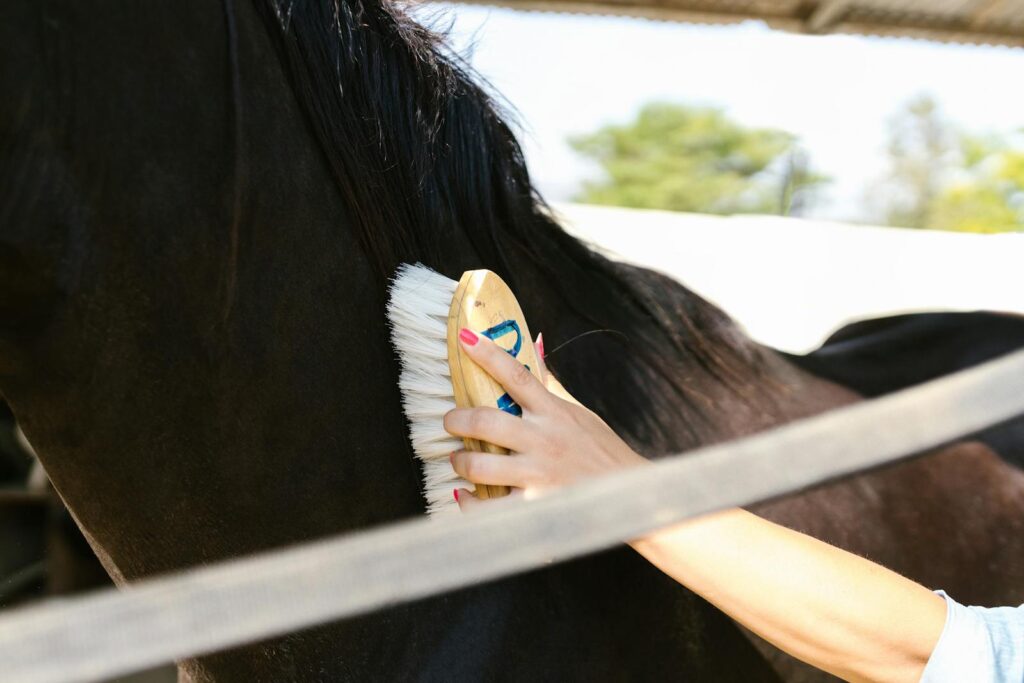
Outdated approaches to parasite control continue to create problems in horse management. Historically, owners were advised to deworm all horses on rigid six or eight-week rotational schedules regardless of individual parasite burden. This practice has contributed to widespread parasite resistance to common dewormers, rendering some medications increasingly ineffective. Modern parasite management relies on fecal egg count testing to determine which horses require treatment and how frequently. High shedders may need more frequent deworming, while some horses naturally maintain low parasite burdens. Proper manure management, including regular removal from paddocks and pastures, plays an equally important role in breaking the parasite lifecycle and reducing reliance on chemical dewormers.
Misinterpreting Behavioral Issues

When horses display unwanted behaviors, owners often mistakenly attribute these actions to stubbornness, dominance, or bad temperament rather than addressing underlying physical or management issues. Sudden behavioral changes frequently signal pain, discomfort, or stress that requires veterinary attention. For example, resistance to saddling might indicate back pain, while reluctance to move forward could stem from foot soreness or ill-fitting tack. Even seemingly minor behaviors like tail swishing or ear pinning typically communicate specific discomforts rather than general bad attitude. Before attributing behavioral problems to character flaws, responsible owners should perform a comprehensive review of health, management, training methods, and equipment fit to identify and address the true causes of undesirable behaviors.
Improper Hoof Care

The old adage “no foot, no horse” holds profound truth, yet inadequate hoof care remains one of the most common mistakes in horse keeping. Hooves require regular trimming every 4-8 weeks depending on individual growth rate, environment, and use patterns. Allowing excessive intervals between farrier visits leads to imbalanced hooves, flared walls, and altered biomechanics that can cause lasting damage to joints and soft tissues. Beyond scheduling regular visits, owners often fail to provide appropriate environmental conditions for hoof health, such as ensuring access to dry standing areas to prevent persistent moisture exposure, which can lead to thrush and other bacterial infections. Daily cleaning and inspection of hooves should be part of every horse owner’s routine, allowing early detection of problems like punctures, cracks, or bruises before they develop into serious issues.
Delaying Veterinary Care
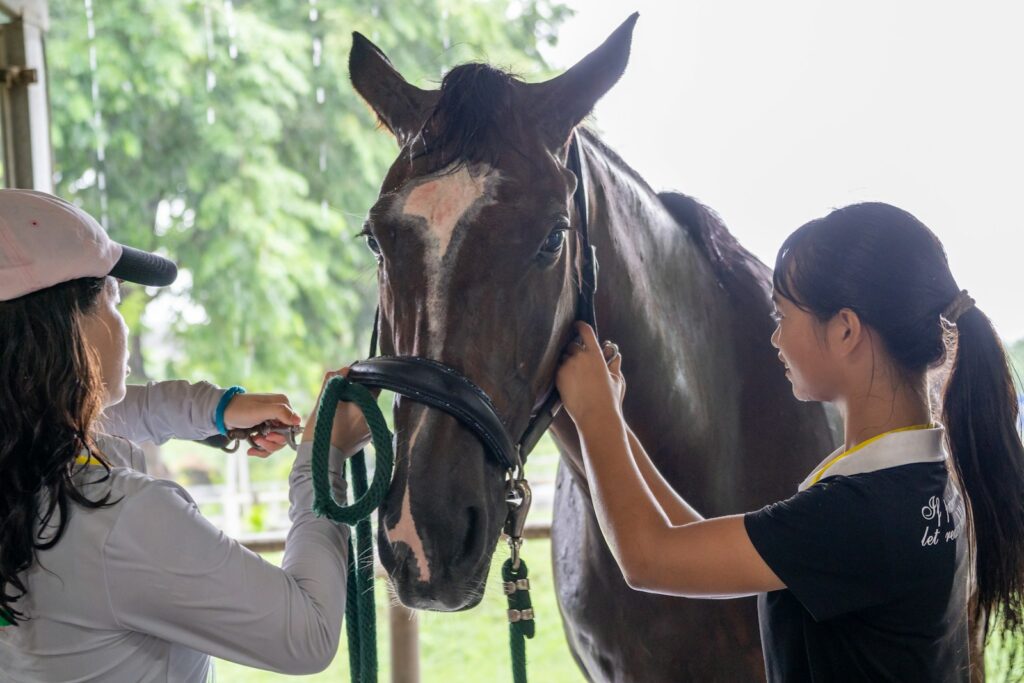
A dangerous mistake many horse owners make is waiting too long to seek veterinary assistance when health concerns arise. Horses, as prey animals, instinctively hide signs of illness or weakness until conditions become advanced, making early intervention critical. Subtle changes in appetite, water consumption, manure consistency, or energy level often provide the earliest indicators of developing problems. Colic, in particular, requires prompt attention as delays in treatment significantly reduce survival rates. Establishing a baseline of normal vital signs (temperature, pulse, respiration) and behavior for your horse allows quicker recognition of deviations that warrant professional attention. Regular preventive care, including appropriate vaccinations and health screenings, helps prevent many common conditions and builds a relationship with your veterinarian before emergencies arise.
Conclusion

Caring for horses properly requires knowledge, consistency, and attention to detail. By avoiding these common mistakes, horse owners can provide their equine companions with longer, healthier, and more comfortable lives. Remember that horse care isn’t static—it requires ongoing education and willingness to adapt practices as new research emerges and as individual horses’ needs change throughout their lives. The best horse owners combine careful observation of their individual horses with science-based management practices, seeking qualified advice when needed rather than relying solely on tradition or conventional wisdom. With proper care and feeding, horses can remain active, healthy partners well into their senior years, rewarding owners with the special bond that makes horse ownership so deeply satisfying.

